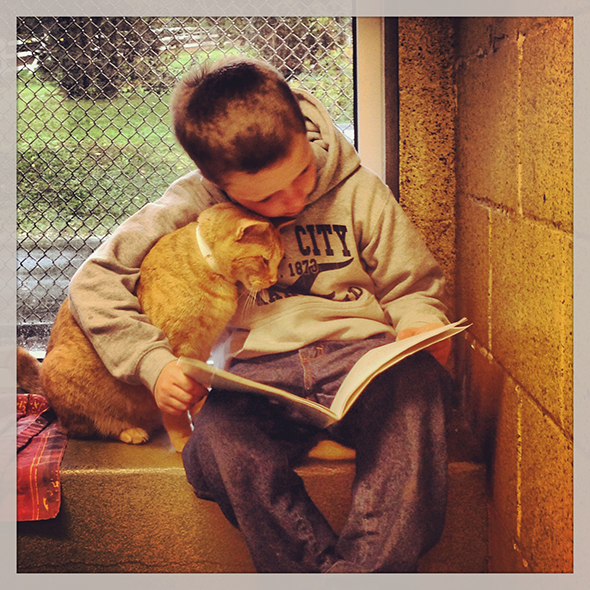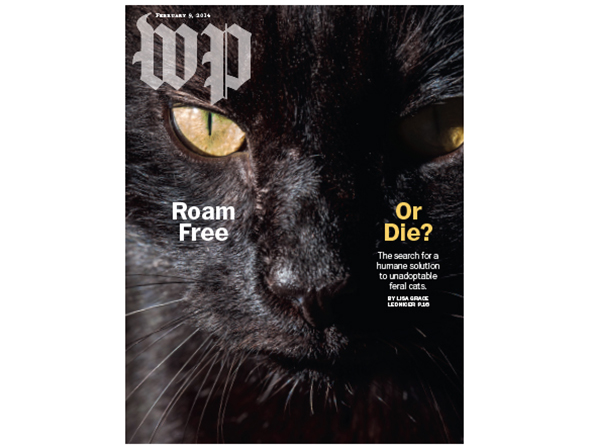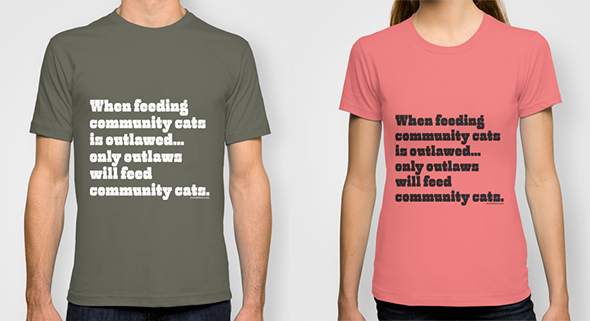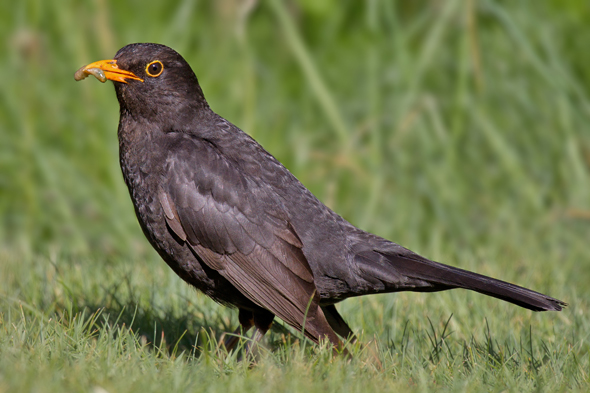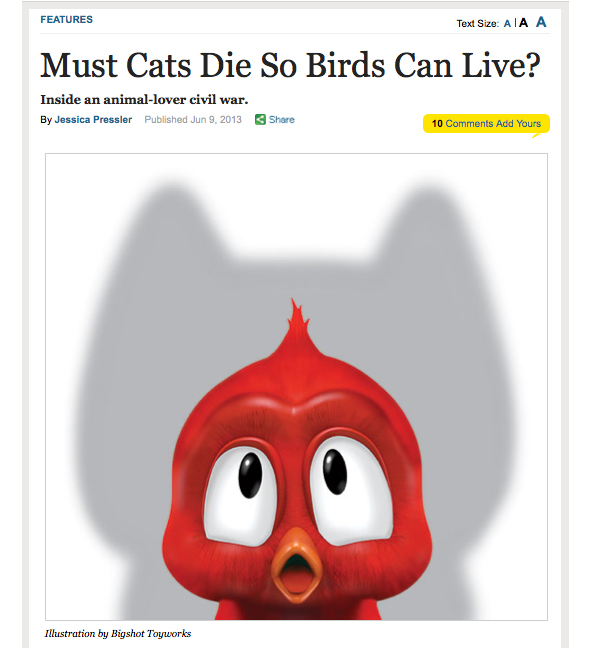 Image courtesy of Best Friends Animal Society
Image courtesy of Best Friends Animal Society
I suppose I was looking for a sign of some kind, lingering as I was at Angels Rest on Friday afternoon, the final day of All Staff Week. Just a glimpse of a bobcat, say, or, if that’s asking too much, then maybe one of the blue-black crows I sometimes see here could drop out of the sky onto the hand-wrought gates. Or even an “unexplainable” rush of activity from the hundreds of wind chimes that provide the meditative sound track to this magical place that made such a big impression on me five years ago.
If any such sign was present, I missed it entirely.
Perhaps I was simply lacking the cognitive bandwidth to recognize (never mind process) the paranormal after an intense week—my first as Best Friends’ cat initiatives analyst—of equal parts business and pleasure (the two being, more often than not, seamlessly integrated). I’d spent the previous four days meeting new colleagues, catching up with old friends—surrounded by some of the most welcoming, inspiring people I’ve ever had the pleasure to know. At the same time, I was also made acutely aware of the numerous challenges that lie ahead.
As I say, it was a pretty intense week.
Still, I’d like to think I was present enough to have noticed if some mystical force had answered the most pressing question on my mind: Was this what I was put here* for?
I might still be there had I waited for the canyon to answer. But as it turns out, I already knew the answer. I just needed to slow down and listen—not to the wind chimes, but to that quiet but persistent voice inside. The same one that prompted me to write about the Great Kitty Rescue, and, two years later, to launch this blog. And, most recently, to join Best Friends.
Lucky for me, Angels Rest is the perfect setting for slowing down, for listening—for rediscovering what we’ve known all along. Is it any wonder I’m already looking forward to my next trip?

* I’m not terribly comfortable with the idea of being “put here,” but am, at the moment, unable to come up with an expression that better describes a natural alignment with one’s deep sense of purpose.

